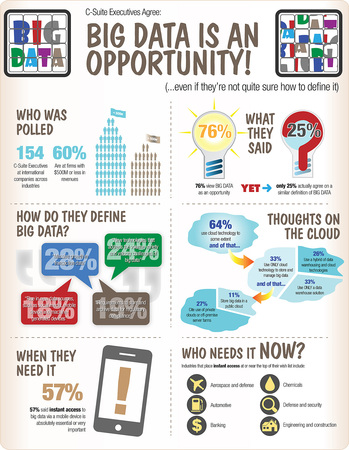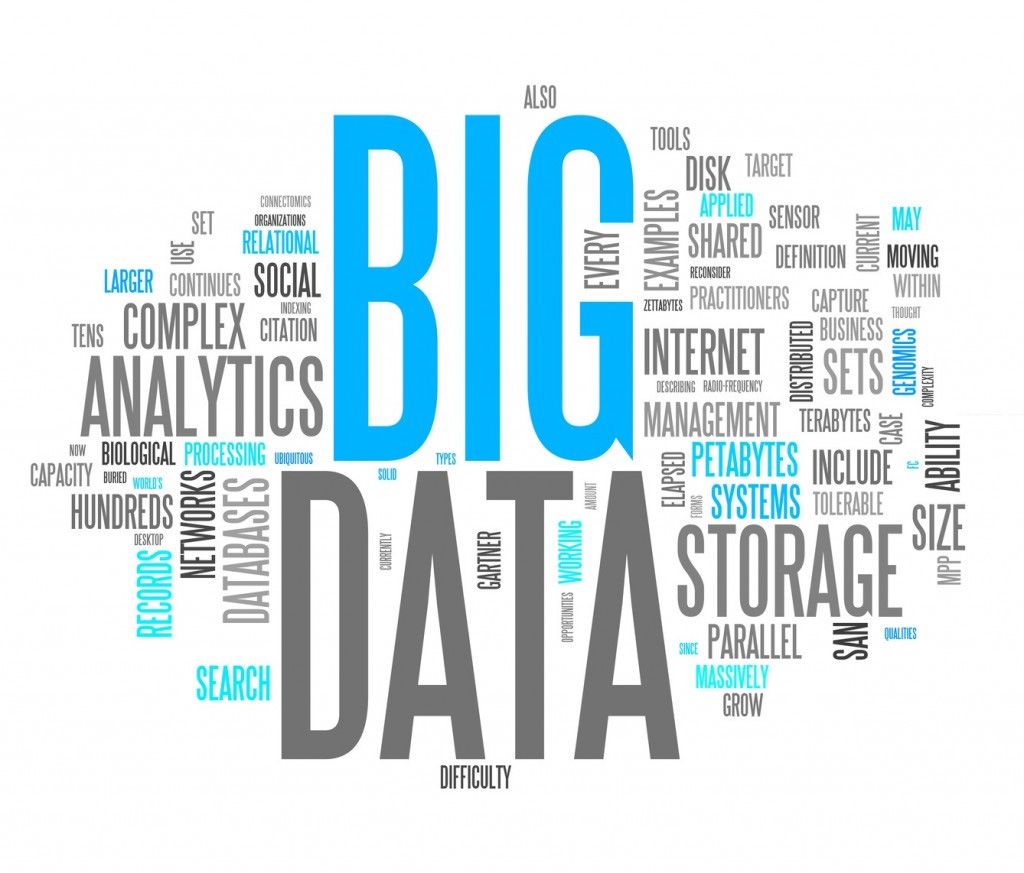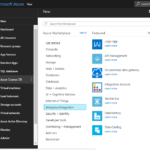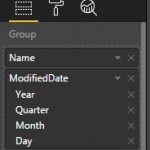How Big Data can help Small Businesses
With the help of Big data, Small Businesses can gain the competitive edge they require to stay ahead of the curve. For beginners, Big data includes large data sets of information that can reveal insights about your customers to help you make valuable business decisions. Data can help you to compose an overall strategy for your business & add incremental value. All you need to know is to look for the right kind of data that you already possess related to your customers without spending much money on buying data.
Here are several reasons to use Big Data for Small Businesses.
Setting Your Objectives
Start by defining objectives that you want to achieve with the help of Big Data. For a website, one goal could be improving traffic of your website. This shouldn’t only mean that people should be searching for hits to your site. Users visiting your website should be converted into leads. By setting objectives, small businesses need to decide what exactly they want to track — downloads, leads, purchases, etc. You can track your results, for example, the number of leads generated from the content you produce on your website in a given timeline & then compare results.
Make Decisions with real-time Customer Data
Maintaining & Analyzing Data for Business Analysis is changing the competitive landscape for small businesses as well. With the help of a standardized plan, your insights will be more elegant & well-tailored to your business needs by appearing more predictable and enabling you to be on par with others in the competitive landscape.
For problem-solving
Business Analytics help understands real customer behavior on the website. They also help you to look for problems (such as pages with high exit rates on your site) and find ways to solve them. Analytics help you understand what part of the website’s content needs improvement & how it will, later on, help you convert that customer into a lead. Tools such as GA help you understand metrics such as bounce rate etc. which enable you to know what turns them off & more importantly, what keeps them coming back to your website.
Evaluate Your Competition
Avail of free tools such as Google Trends along with other social media analytics to show how popular a product or brand is and see what others are saying about you.
You can also use these types of tools to sneakily check out your competitors. For example, if you notice a rival is getting more media coverage and social mentions, you can compare their content and campaigns to see what they’re doing better than you.
Understanding Your Consumer
Small businesses must use public data sets to their advantage as these tools are freely available for use. They can use them to identify & draw insights about any drivers which cause change. For example, a hotel service could use social media to identify containers of potential customers closest to their business premises. A food delivery service app could get data on consumer spending habits, how often they eat or what time of the day most customer orders have to be filled. All of these metrics can be easily produced based on consumer data which can be leveraged by small businesses as well to their advantage.
For Designing Data-Driven Marketing Campaigns
With the help of data sets, businesses can gain a realistic perspective of their customers. Big Data can answer important business questions such as what customers value, how often they spend their money or when they spend their money the most etc. Following that, small businesses can easily develop an effective marketing strategy and implement campaigns and reduce customer acquisition cost. Big data insights will allow small businesses to design their marketing strategy by deciding how to target their potential customers.
Improving Customer User Experience
Small businesses can use Big data to get an idea about the buyer’s journey and overall user experience. These include questions regarding brand loyalty & interest by watching closely how customers navigate through the website. Factors such as information architecture, aesthetics of the content displayed, etc. are all crucial elements in building an overall unique user experience for your customer. It will also influence them into converting into a lead & later on into a sale. With such data, small businesses have the opportunity to identify patches in the customer’s journey which can be improved. The overall process from impression to conversion of the customer must be evaluated with the help of Big Data.








